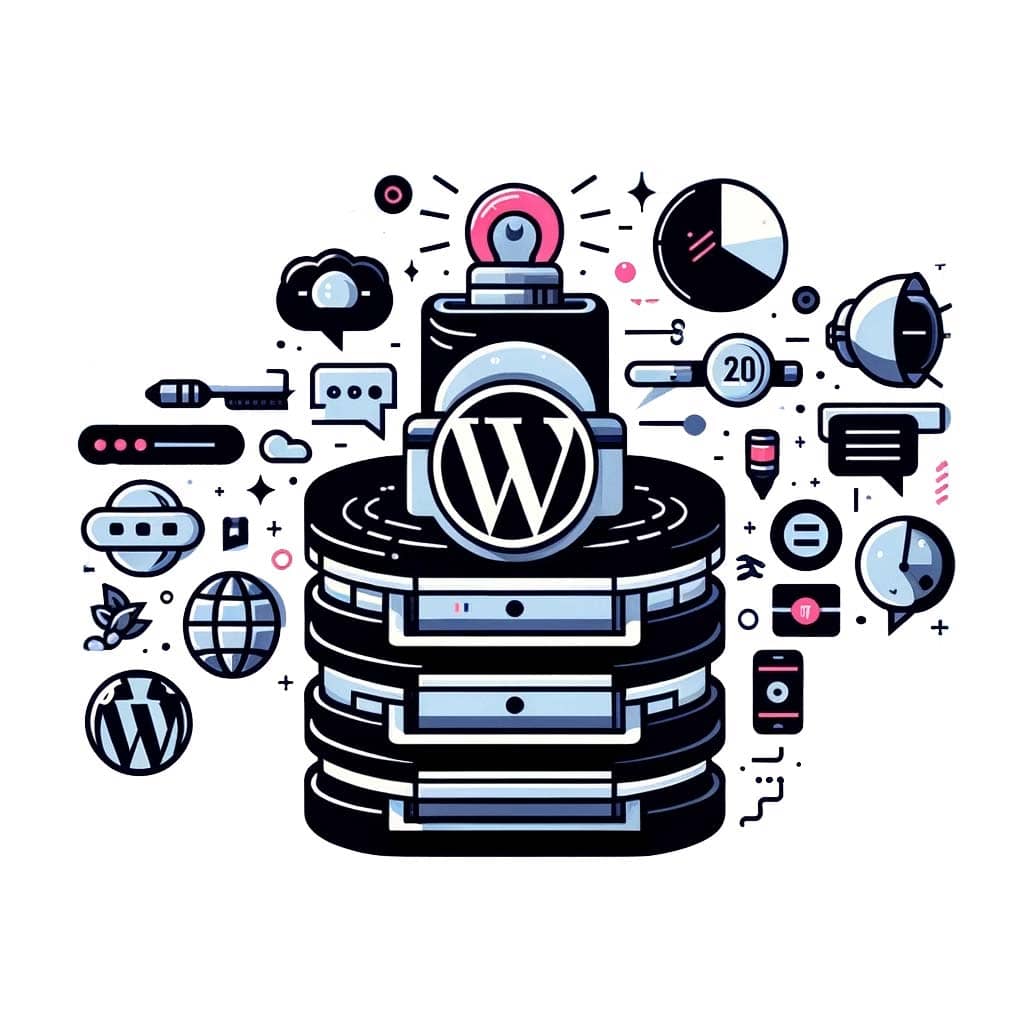SaaS focused on Advertising?
Must have 3 Acquisition metrics to monitor
WHAT is Acquisition metrics?
If you ask me personally, then Acquisition metrics = Success metrics. Its why you have your SaaS for the first place.
A marketeer would answer it with a segmented sentence, complicating it further. Acquisition is the total of three distinct stages: lead generation, lead nurturing, and sales.
Whatever is your Success, and whatever you call it (Growth, Performance, Results) its tied to your specific niche. If your SaaS is all about promoting YOUR app, then your Acquisition is all about those who want to purchase YOUR apps (or at least consider).
You need a clearly defined acquisition strategy to bring the right "interested people" in to your SaaS to convert them. But how do you set up and then evolve you acquisition strategy? The answer lies in your tracked acquisition metrics. By tracking these metrics, you monitor your business and make data-driven decisions for your growth. And never forget: "What gets measured gets managed!".
Figure out fast and early whether or not you’re FOCUSING the real HUMANS. Buying digital fluff (leads, clicks, follows, visits, downloads, subscribers or whatnot's) mostly makes reporting beautiful and bank account empty. Then optimize the acquisition costs (make it cheaper or get more for the same cost). Expand that knowledge into further campaigns. Optimize again, over a specific time frame, and you'll have a more effectively budget.
WHY monitor Acquisition metrics?
Acquisition Metrics are KPIs, and KPIs are Important for your SaaS. Said one voice, in a whimsical tone.
Acquisition metrics and KPIs help SaaS businesses to gain an in-depth understanding of how their marketing efforts are contributing towards goal achievement. Customer acquisition metrics are important because they provide tangible insights into the effectiveness of your marketing and sales efforts.
These Acquisition metrics allow you to track the cost of each customer, understand the value they bring to your SaaS business, and measure the success of your conversion strategies. With this information, you can make data-driven decisions to optimize your acquisition process, allocate resources wisely, and maximize your return on investment.
Monitor ONLY 3 Acquisition metrics?
3 is just a personal recommendation. Not small enough to get ignored, yet big enough to get noticed, even if you glimpse over them.
Set up Acquisition notification via important channels like email, sms, alerts, notifications that work for your SaaS. Not all the time will this be perfect, but should be important enough to not get forgotten. Make sure these Acquisition alerts are scheduled on a day/hour when intervention is possible. Friday, late afternoon is translated to either Monday late afternoon, or ignored and skipped.
Frequency? Depends.
If this makes or breaks your budget THIS month, then monitor this weekly.
If this makes or breaks your Q1-Q2-Q3-Q4, them monitor this monthly.
If this is a subject for a meeting, then schedule this BEFORE that said meeting.
In all cases, should consider MOM (month over month) and YOY (year over year) monitoring. Helps understanding where you're heading, at what expected point (logical and educated deduction).
SaaS focused on Advertising? Start monitoring your Acquisition metrics today!
SaaS focused on Advertising?
Must have 3 Acquisition metrics to monitor
#1 - Customer Acquisition Cost
Customer Acquisition Cost (also known as CAC) for an SaaS application focused on Advertising, refers to the total cost associated with acquiring a new customer, including marketing expenses, sales team costs, and any promotional efforts.
Why track Customer Acquisition Cost? This metric is crucial for understanding the efficiency of marketing and sales strategies. High CAC indicates that your acquisition strategies are not sustainable, potentially leading to cash flow issues.
How to calculate Customer Acquisition Cost? Calculate CAC by dividing total marketing and sales expenses over a specific period by the number of new customers acquired in that period.
How to improve Customer Acquisition Cost? To lower CAC, refine your targeting strategies to reach the most likely buyers. Focus to enhance the sales process to increase the efficiency of customer conversions. Optimize your sales funnel by improving the customer journey and using data to personalize marketing messages. Additionally, consider (test) better or cost-effective marketing channels like content marketing, newsletters and social media.
SaaS focused on Advertising? Start monitoring Customer Acquisition Cost metrics today!
#2 - Conversion Rate
Conversion Rate for an SaaS application focused on Advertising, measures the percentage of users who take a desired action, such as signing up for a free trial, demo or becoming a paying customer, after engaging with your marketing efforts.
Why track Conversion Rate? It’s a key performance indicator that helps assess the effectiveness of your SaaS application and marketing efforts. The conversion rate indicates the percentage of visitors who upgrade to paid tiers of your app. This metric is crucial for understanding how effectively your online sales tactics turn visitors into customers, highlighting areas for improvement.
How to calculate Conversion Rate? Calculate your conversion rate by dividing the number of purchases (conversions, sign-ups, bookings) by the total number of visitors, then multiply by 100, to find your percentage.
How to improve Conversion Rate? Enhance the user experience by optimizing SaaS application navigation and simplifying the checkout process. Focus your value proposition to a clear and compelling argument. A/B test different elements, such as product descriptions, images, and CTAs, to see which combinations lead to higher conversions.
SaaS focused on Advertising? Start monitoring Conversion Rate metrics today!
#3 - Lifetime Value
Lifetime Value (also known as LTV), for an SaaS application focused on Advertising, represents the projected revenue that a customer will generate during their entire relationship with your business.
Why track Lifetime Value? Understanding LTV helps your long-term profitability of your customer base, highlighting how much you can spend on acquisition.
How to calculate Lifetime Value? Calculate LTV by multiplying the average revenue per user (ARPU) by the average customer lifespan in months or years.
How to improve Lifetime Value? Focus on enhancing customer retention through better customer support, up-selling and cross-selling strategies, and regular engagement with your customers to increase their satisfaction and purchase drive.
SaaS focused on Advertising? Start monitoring Lifetime Value metrics today!



